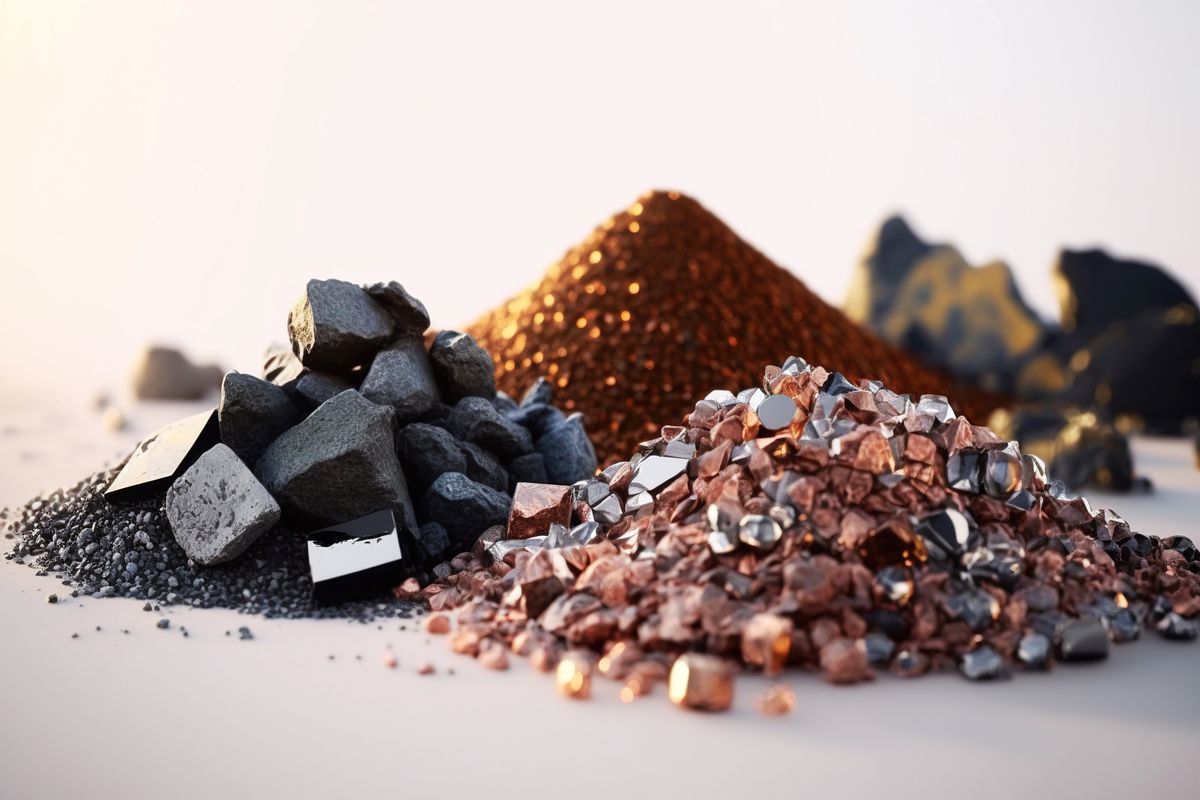Expert: Critical Minerals Could Be a Game Changer for Australia
At this year's RIU Sydney Resource Round-up, CRU Group's David Royle spoke about Australia's important role in supplying the critical minerals needed for the future.

Critical minerals are at the forefront of the energy transition, with governments around the world looking to strengthen their supply chains to reach their ambitious decarbonisation goals.
“Critical minerals could be a game changer in Australia,” David Royle, senior consultant at CRU Group, told the audience at this year’s RIU Sydney Resource Round-up, which was held from May 9 to 11.
Giving a keynote presentation at the conference, Royle said critical minerals, including lithium, nickel and rare earths, are absolutely essential if decarbonisation is to become a reality.
But the demand and supply outlook for these metals is a mixed bag.
“Lithium demand is expected to continue to rocket, with demand expected to double or so over the next five years,” he said. “(Meanwhile), the growth rate for nickel might be tempered a bit by its role in the stainless steel sector.”
In recent years, governments have become increasingly concerned about their electric vehicle (EV) supply chain vulnerabilities, with the COVID-19 pandemic and the ongoing Russia-Ukraine war exposing how dependent they are on Asia.
“Governments have become a bit more protectionist in order to try to boost domestic energy security,” Royle said.
Last year, the US launched the Inflation Reduction Act, while Europe recently kicked off its Critical Raw Materials Act.
“Overall, there are some incentives to invest in the critical mineral sector from a demand point of view, as governments globally are helping to facilitate increased production,” Royle said. “But supply will ultimately have to come from the industry.”
While China is a dominant player in the midstream space, the senior consultant said diversification in critical minerals is not possible without Australia. “Australia holds a major proportion of global reserves for critical minerals,” he said. “Competitors with Australia, such as Indonesia, South Africa, China, etc. are less attractive from an investment perspective due to nationalisation of industries and strict regulation, despite these countries often being very attractive from a cost or resource perspective.”
Australia has also pushed ahead with legislation to support its own ambitious goals to hit carbon emissions targets. By 2030, the country is hoping to reduce emissions by 43 percent.
“This is clearly going to require a whole lot more green metals in order to become a reality,” Royle said.
CRU is expecting EVs to account for around 66 percent of all light vehicle sales by 2040.
“This presents itself as a massive opportunity for minerals such as lithium, nickel, cobalt and even phosphate, which are all critical elements of modern-day EV batteries,” Royle said.
Total battery demand is forecast to continue increasing at a rapid pace, reaching around 3.8 terawatt hours by 2040, with most of this coming from the EV sector, according to CRU.
“The energy storage sector is also set to grow at a pace of around 15 percent, and continue to do so past this forecasted period, as it will have a central part in the economy,” Royle said.
Don’t forget to follow us @INN_Australia for real-time updates!
Securities Disclosure: I, Priscila Barrera, currently hold no direct investment interest in any company mentioned in this article.






